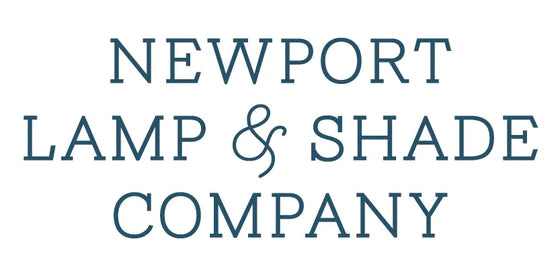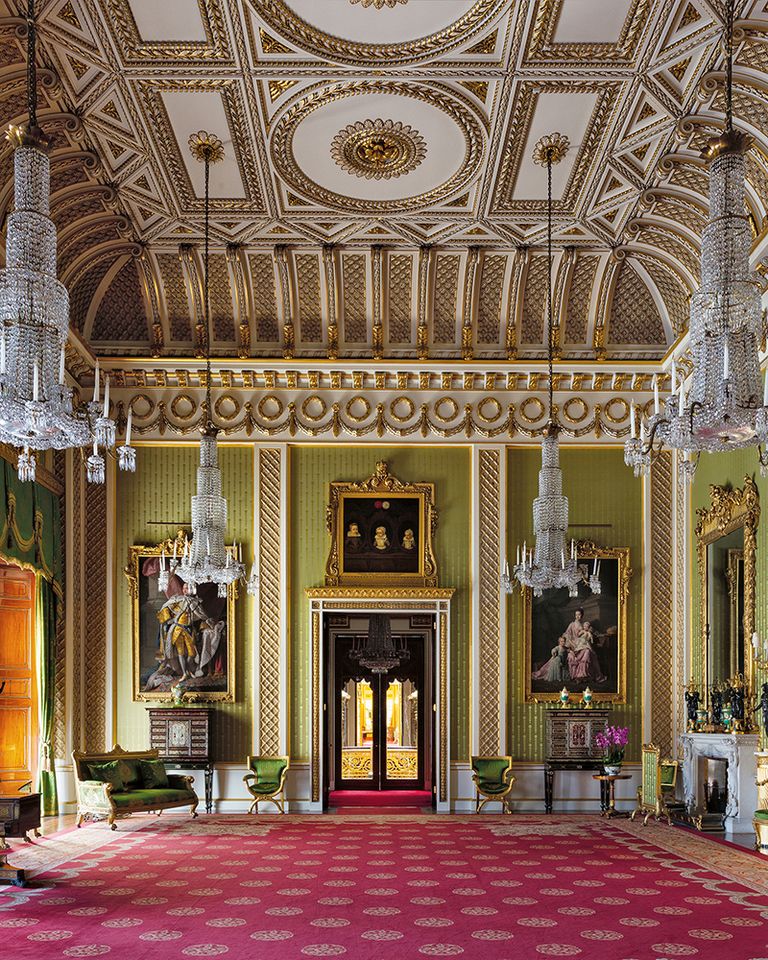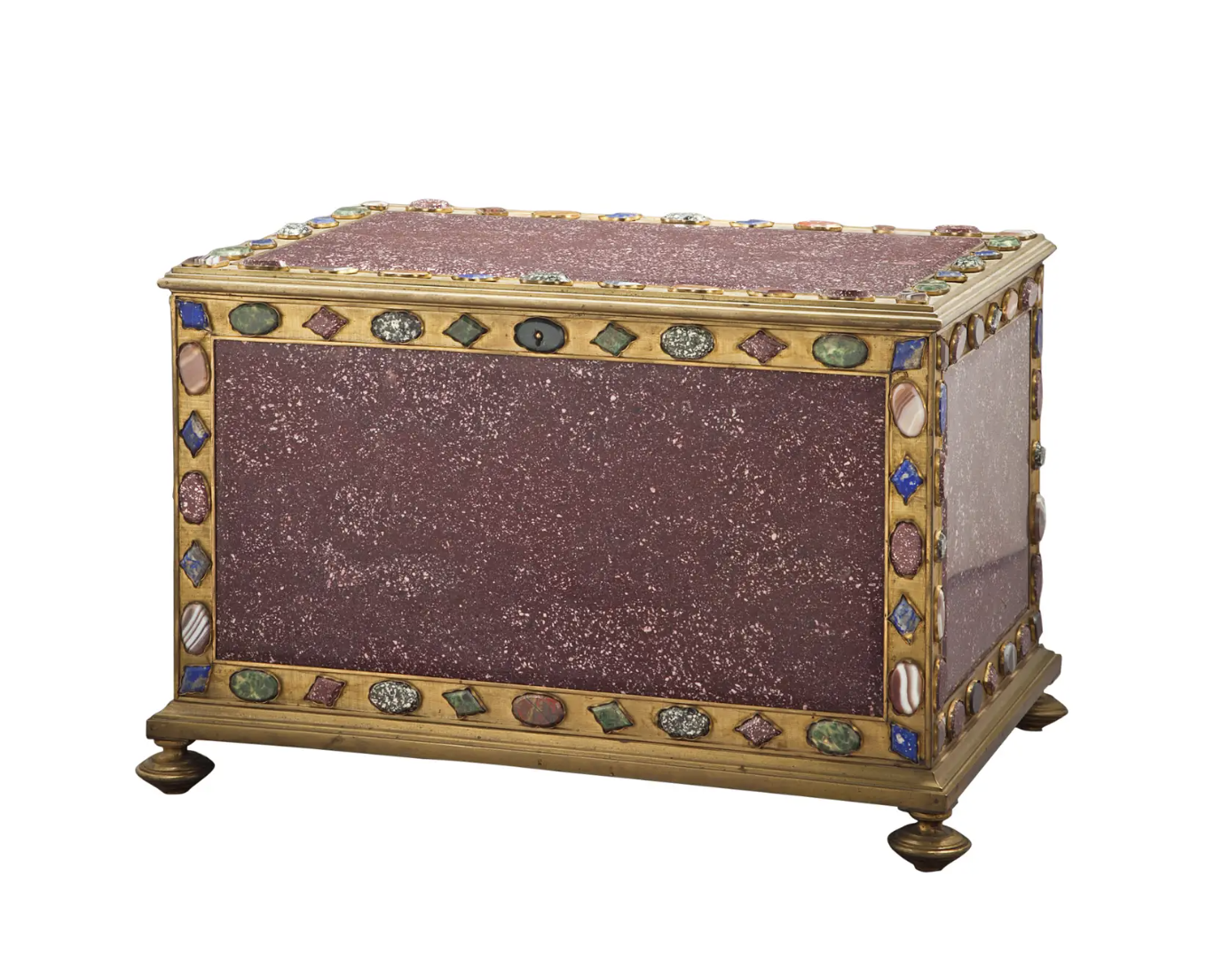Next Saturday, October 8th we are very excited to bring you something other than lamps and shades. Nationally recognized silhouette artist, Deborah O'Connor, will be here at the shop to cut profiles from life. The original silhouettes of an individual or group will be cut live, by hand, with scissor and paper. Mounting, matting and framing will also be available.
"In the 18th and 19th centuries, when silhouette portraiture was popular in France, England and the United States, there were three popular techniques. Some artists cast light on the subject to get a shadow, which they traced and cut out; others painted silhouettes freehand, using black India ink, and some cut paper freehand. Ms. O'Connor takes her scissors, looks at her subject at eye level and cuts." NYTIMES
In preparing to host Ms. O'Connor, I thought it might be fitting to share a brief history of the art form and rooms decorated with it. I hope you enjoy this post and I look forward to seeing many of you here at the shop on Saturday! 
The following is comprised of excerpts and images from from Wikipedia, the blog "Q and Art: Silhouettes" by Alida Pask Brady for the Smithsonian American Art Museum, the Cafe Design Blog by Eva Contreras and the Eye for Design blog by Lisa Farmer.
What is a silhouette?
A silhouette is the image of a person, animal, object or scene represented as a solid shape of a single color, usually black, with its edges matching the outline of the subject. The interior of a silhouette is featureless, and the silhouette is usually presented on a light background, usually white, or none at all. Silhouette images may be created in any visual artistic medium but were first used to describe pieces of cut paper, which were then stuck to a backing in a contrasting color, and often framed.
Where did the name silhouette come from?
The word silhouette is derived from the name of Etienne de Silhouette, a French finance minister who, in 1759, was forced by France's credit crisis during the Seven Year's Ware to impose severe economic demands upon the French people, particularly the wealthy. Because of de Silhouette's austere economies, his name became synonymous with anything done or made cheaply and so with these outline portraits. Prior to the advent of photography, silhouette profiles cut from black card were the cheapest way of recording a person's appearance.
What are the different types of silhouettes?
The term silhouette, although existing from the 18th century, was not applied to the art of portrait-making until the 19th century. In the 18th and early 19th century, “profiles” or “shades” as they were called were made by one of three methods:
- painted on ivory, plaster, paper, card, or in reverse on glass;
- “hollow-cut” where the negative image was traced and then cut away from light colored paper which was then laid atop a dark background; and
- “cut and paste” where the figure was cut out of dark paper (usually free-hand) and then pasted onto a light background.
Drawing a Silhouette by Johann Rudolph Schellenberg (1740-1806)
The physionotrace apparatus invented by Frenchman Gilles-Louis Chrétien in 1783-84 facilitated the production of silhouette portraits by deploying the mechanics of the pantograph to transmit the tracing (via an eyepiece) of the subject’s profile silhouette to a needle moving on an engraving plate, from which multiple portrait copies could be printed

Cutting a profile from life with scissor and paper
When and why did silhouettes become less popular?
Silhouettes were a popular art form in the United States in the 18th and 19th centuries because they were accurate, inexpensive, quick to make and easy to send to a friend or relative. As photography became more common in the mid 19th century, silhouettes fell out of fashion. Photographs shared and improved on many of the benefits of silhouettes.
Decorating with Silhouettes!

A staircase featuring a large collection of silhouettes, decorated by Mario Buatta, via Eye for Design
A collection of silhouettes at Monticello, via Eye for Design
A modern, black and white loo decorated with silhouttes, via The Inspired Room 
A collection of silhouttes, via The Glam Pad
Silhouettes adorn the walls of Beatrix Potter's house, via Eye for Design

Silhouettes adorn the walls of Beatrix Potter's house, via Eye for Design
For more information on silhouettes, look for Emma Rutherford's and Lulu Guinness's book Silhouette: The Art of the Shadow.






Leave a comment
This site is protected by hCaptcha and the hCaptcha Privacy Policy and Terms of Service apply.